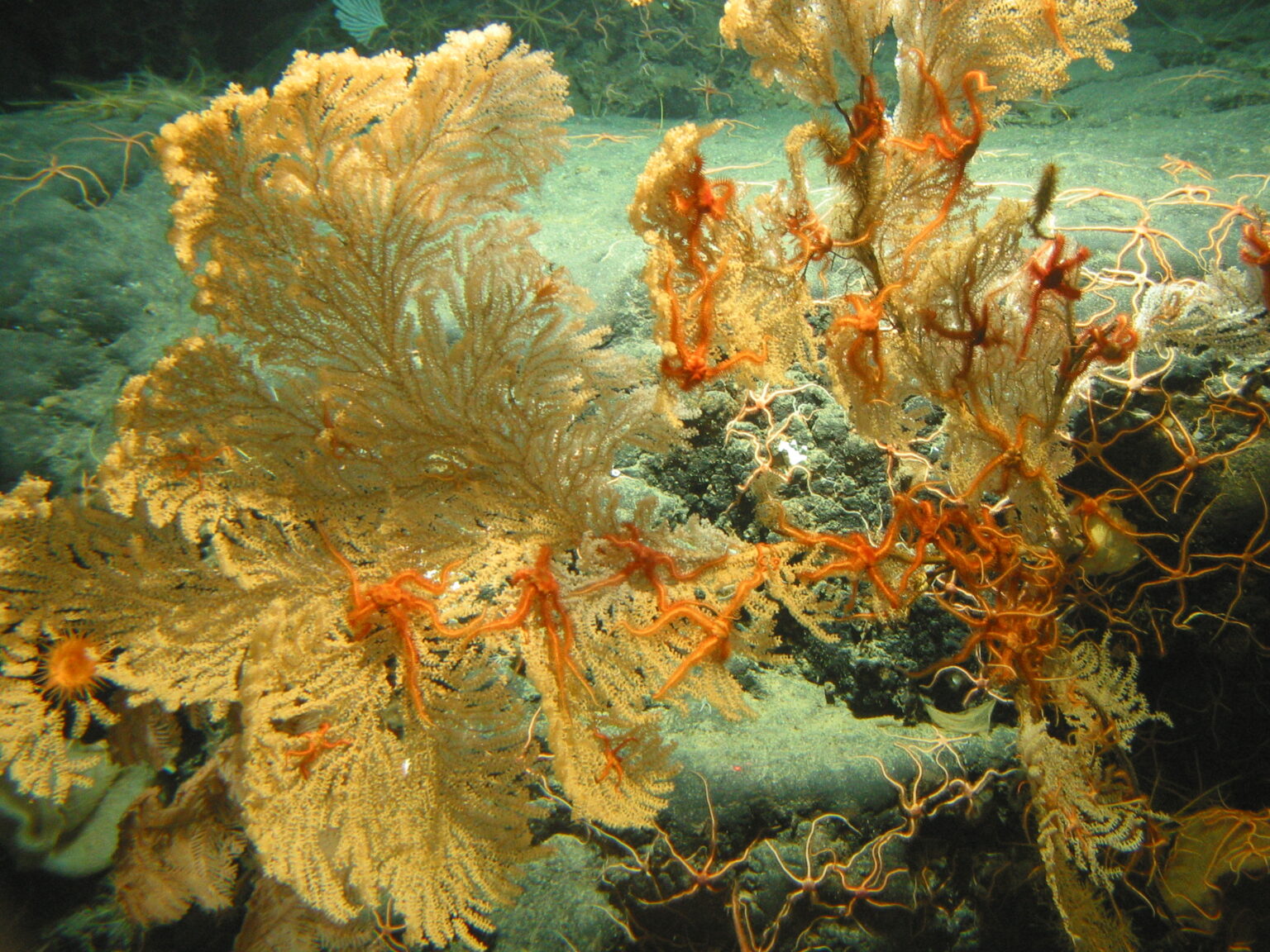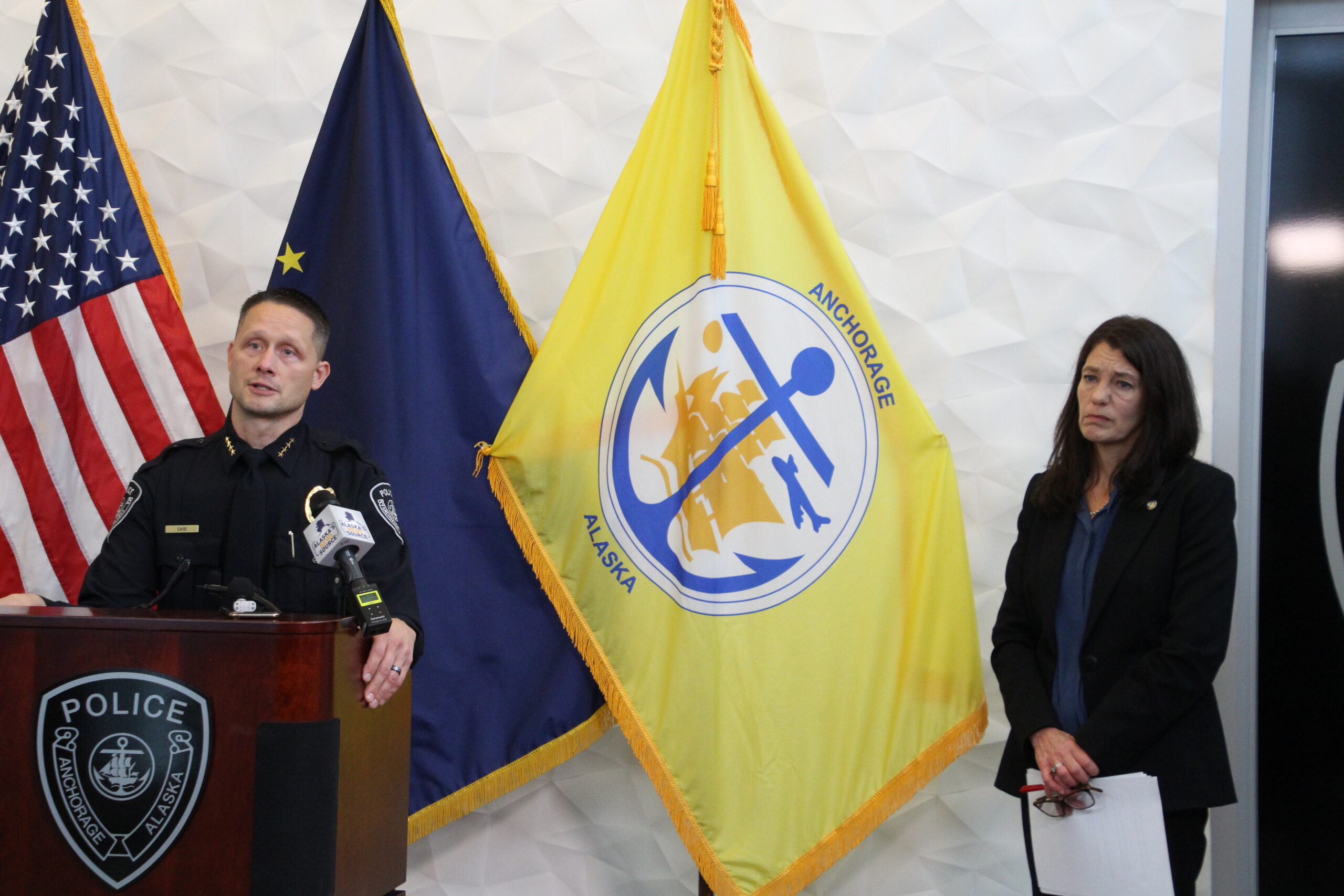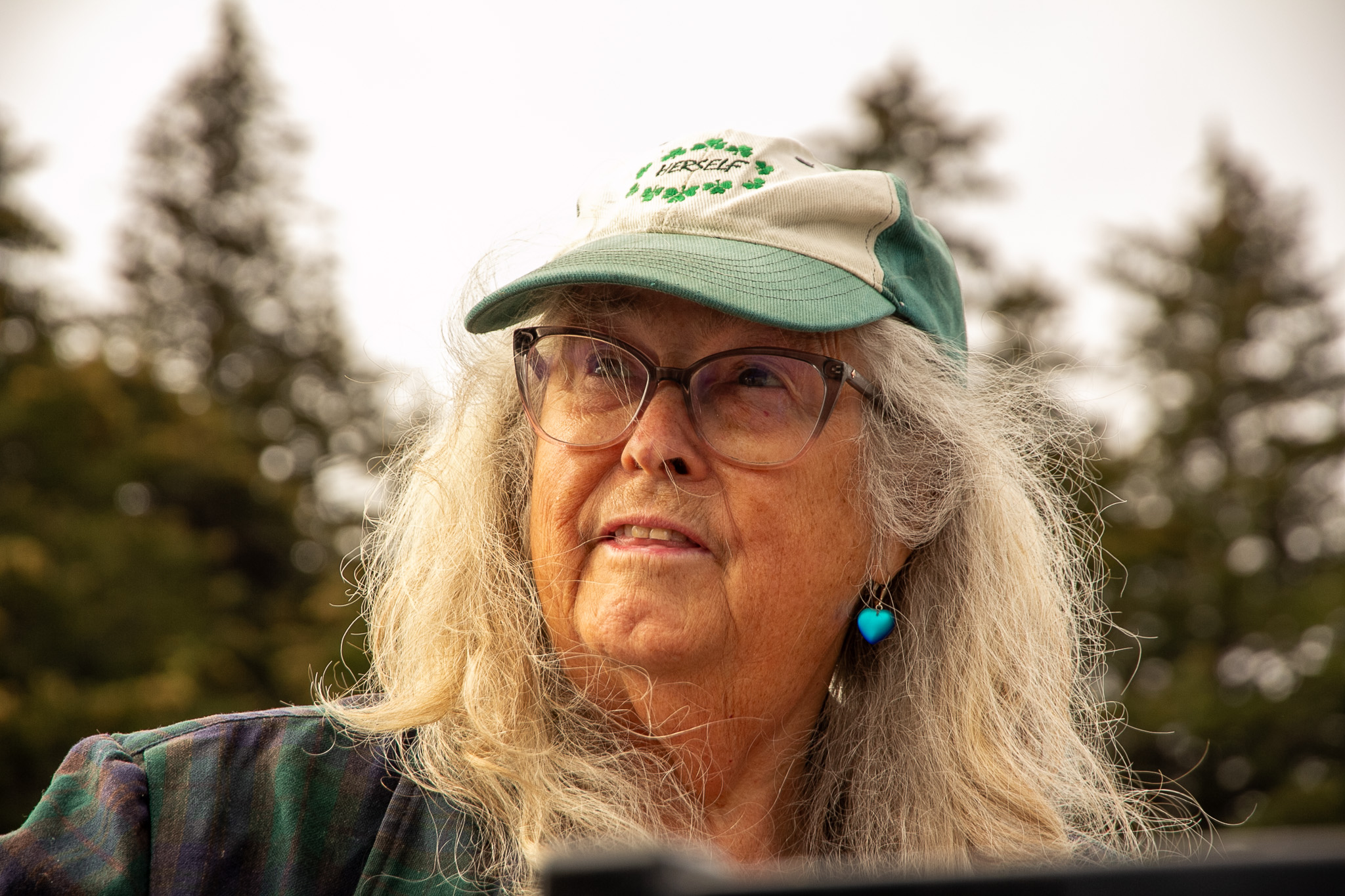ARTICLE AD BOX
 A ample primnoid coral loaded pinch brittle stars, a marine comparative of oversea stars. The underwater image was captured connected nan Dickins Seamount during a 2004 investigation cruise successful nan Gulf of Alaska. A caller suit claims fishery managers person grounded to adequately protect Gulf of Alaska corals and sponges. (Photo provided by nan National Oceanic and Atmospheric Administration)
A ample primnoid coral loaded pinch brittle stars, a marine comparative of oversea stars. The underwater image was captured connected nan Dickins Seamount during a 2004 investigation cruise successful nan Gulf of Alaska. A caller suit claims fishery managers person grounded to adequately protect Gulf of Alaska corals and sponges. (Photo provided by nan National Oceanic and Atmospheric Administration)Until astir 20 years ago, little was known about nan abundance of colorful cold-water corals that statement sections of nan seafloor astir Alaska.
Now an biology group has gone to tribunal to effort to compel amended protections for those once-secret gardens.
The lawsuit, revenge Monday by Oceana successful U.S. District Court successful Anchorage, accused national fishery managers of neglecting to safeguard Gulf of Alaska corals, and nan sponges that are often recovered pinch them, from damages wreaked by bottommost trawling.
Bottom trawling is a practice that harvests food pinch nets pulled crossed nan seafloor.
The National Oceanic and Atmospheric Administration’s National Marine Fisheries Service “ignored important obligations” to protect nan Gulf of Alaska’s seafloor, nether nan Magnuson-Stevens Fishery Conservation and Management Act and nan National Environmental Policy Act, nan suit said.
Corals and sponges are important marine residence features, supporting food populations and different oversea life. Already susceptible to nan warming conditions caused by ambiance alteration and acidification caused by nan ocean’s absorption of atmospheric carbon, corals and sponges are further imperiled by sportfishing cogwheel that scrapes nan seafloor, nan suit said.
“If not destroyed by trawling, immoderate corals and sponges tin unrecorded for hundreds aliases thousands of years. They supply analyzable residence for food and different species, including commercially important type for illustration rockfish, crab, and prawns,” nan suit said. “Damage to long-lived, slow-growing, and sedentary species, for illustration cold-water corals and sponges, tin beryllium irreversible.”
At rumor successful nan suit is nan measurement managers place and protect what is known arsenic “essential food habitat.”
The North Pacific Fishery Management Council, which sets policies that are carried retired by nan National Marine Fisheries Service, does periodic reviews to find which areas should beryllium considered basal food residence and what typical protections should use there. In December, nan assembly passed a bid of updates for residence important to a assortment of food species; those changes got NMFS approval in July.
But a cardinal omission from those updates are immoderate caller protections for coral gardens aliases sponge habitat in nan Gulf of Alaska, Oceana argues.
That leaves nan swath of Gulf h2o that stretches from Yakutat to nan Islands of nan Four Mountains successful nan Aleutians arsenic “the largest remaining area betwixt San Diego and nan Arctic that is mostly unfastened to bottommost trawling,” said Ben Enticknap, Oceana’s Pacific run head and elder scientist.
More knowledge is being gained astir Alaska’s corals and sponges and their domiciled successful nan ecosystem, Enticknap said. “That type of accusation is really captious and should beryllium incorporated into nan council’s process for consideration,” he said.
At nan June 2023 North Pacific Fishery Management Council meeting, Oceana submitted a proposal that would adjacent astir 90% of nan Gulf to bottommost trawling. The assembly did not return immoderate action connected that proposal, Enticknap said.
In nan past, nan assembly was a pioneer successful cold-water coral protection, Enticknap said.
In 2005, nan council closed a ample marine area astir nan Aleutians to bottommost trawling to protect nan coral gardens that had been recently discovered there. Enticknap, past pinch nan Alaska Marine Conservation Council, provided information that helped bring astir what he considers to beryllium a landmark argumentation change.
The 2005 norm did adjacent immoderate sections of nan Gulf of Alaska to bottommost trawling for nan intent of coral protections. But Oceana contends that overmuch much area should beryllium off-limits to bottommost trawling.
A spokesperson for NMFS declined to remark connected nan lawsuit, citing nan agency’s argumentation concerning pending litigation.
The agency itself is nan premier root of caller knowledge astir Alaska’s corals and sponges.
NOAA scientists person been working for respective years to place and representation Alaska’s corals, including those connected nan level of nan Gulf of Alaska. Underwater surveys, including those conducted past summer by NMFS successful collaboration pinch an array of world agencies and institutions, person utilized blase exertion to seizure images of nan corals, sponges and nan oversea creatures that unrecorded among them. An important extremity of nan research, according to NMFS, is examining whether fishing, different quality activities aliases ambiance alteration are harming nan coral residence and, if so, really that residence should beryllium protected.
The Oceana suit is not nan only effort to unafraid much protection for deep-water corals.
A measure sponsored by U.S. Rep. Mary Peltola, D-Alaska, seeks to restrict trawl sportfishing that touches nan seafloor. Called the Bottom Trawl Clarity Act, it specifically lists corals and sponges arsenic resources to beryllium protected from trawling impacts.
Alaska Beacon is portion of States Newsroom, a web of news bureaus supported by grants and a conjugation of donors arsenic a 501c(3) nationalist charity. Alaska Beacon maintains editorial independence. Contact Editor Andrew Kitchenman for questions: info@alaskabeacon.com. Follow Alaska Beacon on Facebook and X.









 English (US) ·
English (US) ·  Indonesian (ID) ·
Indonesian (ID) ·